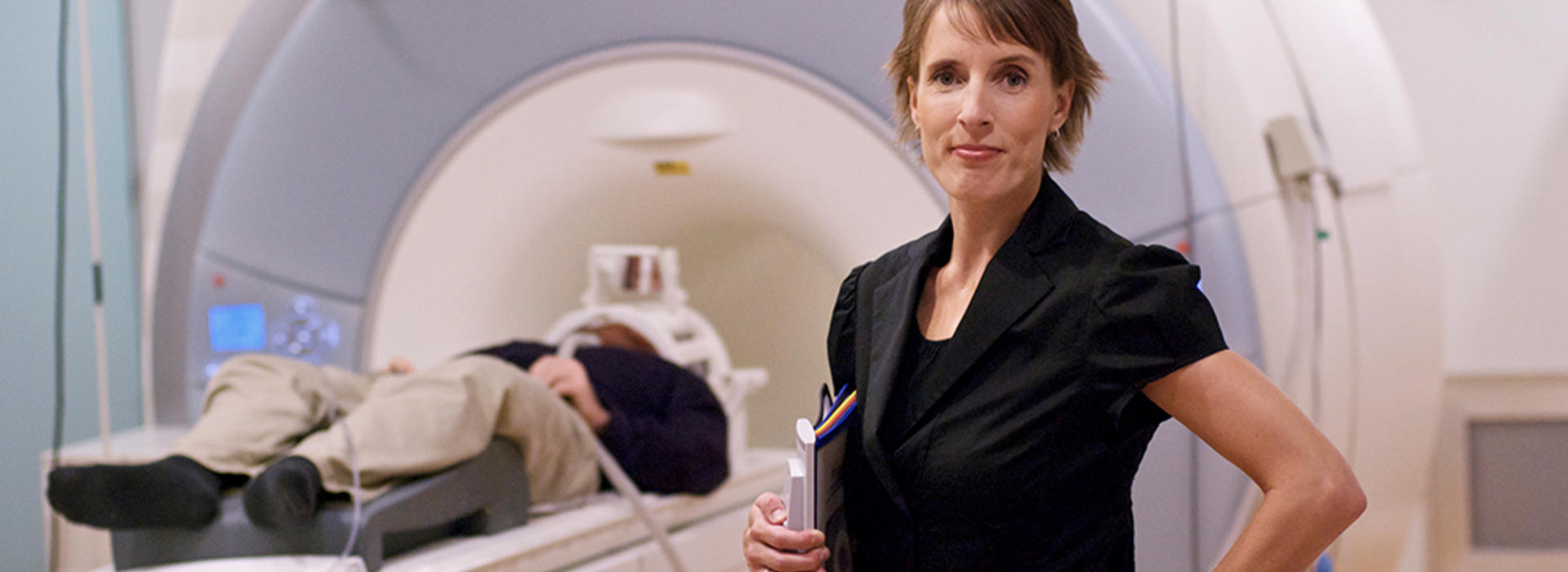
New Study Underway to Research Non-Suicidal Self-Injury in Young Girls
Self-harm behaviors are increasingly common in young people—a harsh external reflection of the painful struggles they are experiencing internally. However, the variables underlying the causes of this serious clinical problem during adolescent development are still unknown. University of Minnesota Medical School researchers are driven to learn more.
“Young people today face significant stress from all kinds of sources in their lives, such as family conflict, school problems, rejection from peers and so on,” explains Kathryn Cullen, MD, Department of Psychiatry and Behavioral Sciences’ associate professor and division chief of Child & Adolescent Psychiatry. “Girls are increasingly turning to self-harm as a way of coping with stress, and sometimes this feels to them like the only thing that helps them feel better. When that happens, it becomes a very difficult habit to break.”
Dr. Cullen and her colleagues in psychiatry, psychology and biostatistics began a research study they call, “BRIDGES.” An acronym for Brain Research in Development of Girl’s Emotional Self, the study focuses on the biological trajectories of brain development in adolescent girls who present with non-suicidal self-injury.
“In my early career, I began studying the neurobiology of depression in adolescents, and during that time, there was an explosion in the prevalence of self-injury in young people. We began to notice differences in the neurobiology of those who engaged in repeated self-injury and decided to systematically study this in a long-term study to track the changes during this critical time of brain development,” Dr. Cullen said.
Her longitudinal study was designed to capture changes in the adolescent brain over a three-year period. Each year, participants of the study visit Dr. Cullen and her team of researchers to self-report on their thoughts, feelings and behaviors. These young participants also undergo tests and MRI scans to examine key neurobiological systems in the brain, cortisol in saliva, eye movements and other biological indicators.
“We hope to learn many things from this study, including how brain development may go awry under the toll of self-harm and whether biology can help predict important clinical outcomes, such as persisting self-harm and suicide attempts,” Dr. Cullen said.
One of their goals is to collect the data they find to advance an important national initiative, called the Research Domain Criteria (RDoC), which is a new way of classifying psychiatric disorders based on biology. Specifically, Dr. Cullen and her colleagues are studying adolescent brain development in these youths within three RDoC domains: how adolescents respond to stress, view themselves and control their impulses. Consistent with the RDoC approach, they are studying these individual domains at multiple levels: symptoms, behavior, brain circuitry and physiology.
This unique brain research was funded by the National Institute of Mental Health in 2016 and is scheduled for completion in 2021. Dr. Cullen expects the team will continue their work to examine later phases of development in this sample of participants through future grants.
“We are not testing treatments at this point in time, but we are creating the foundational knowledge about neurobiology and brain development in this population to allow us to conceptualize how and when to best intervene,” Dr. Cullen said.